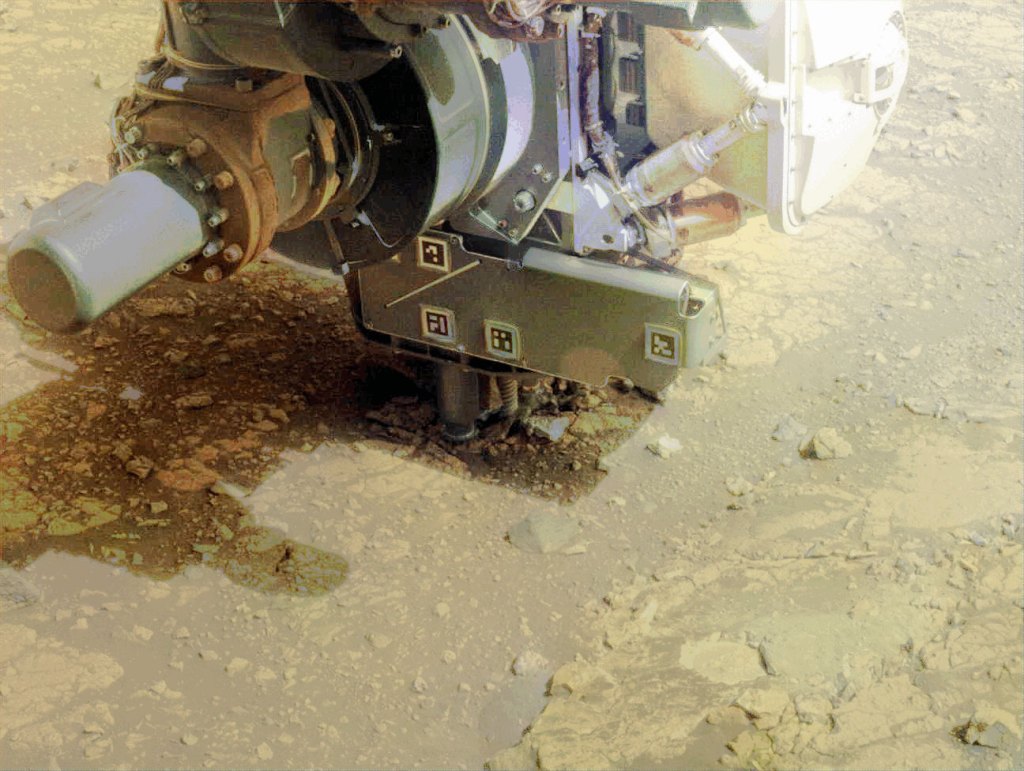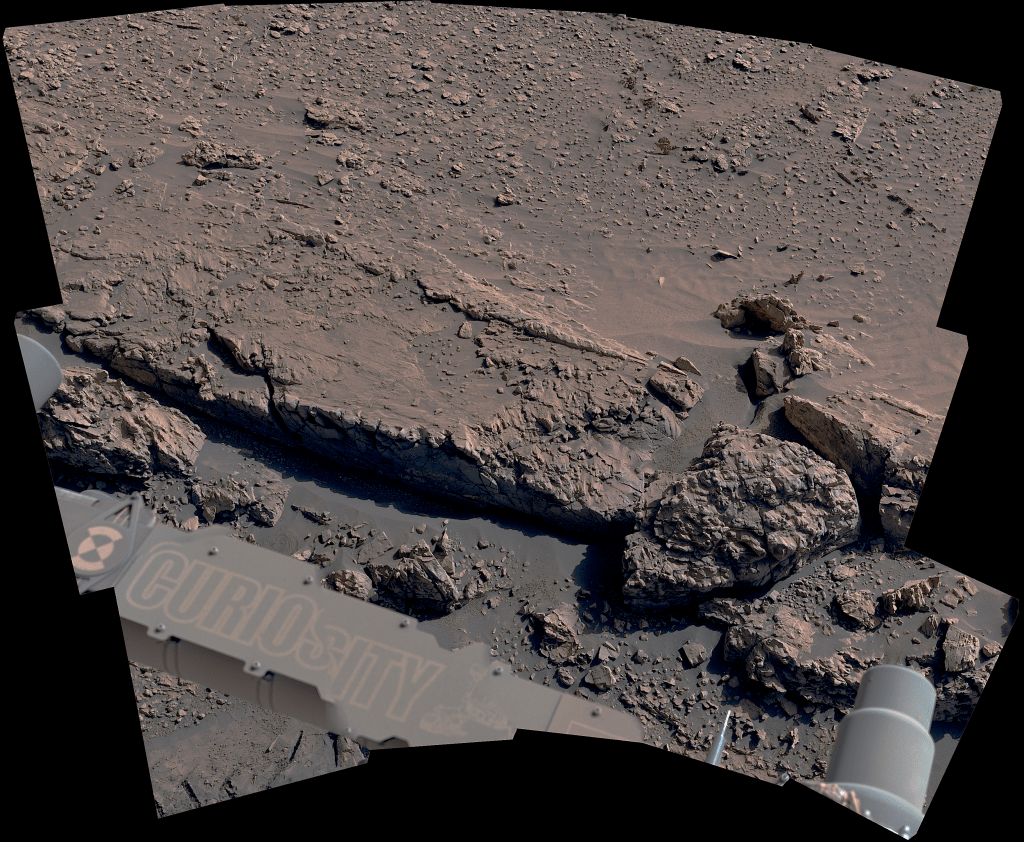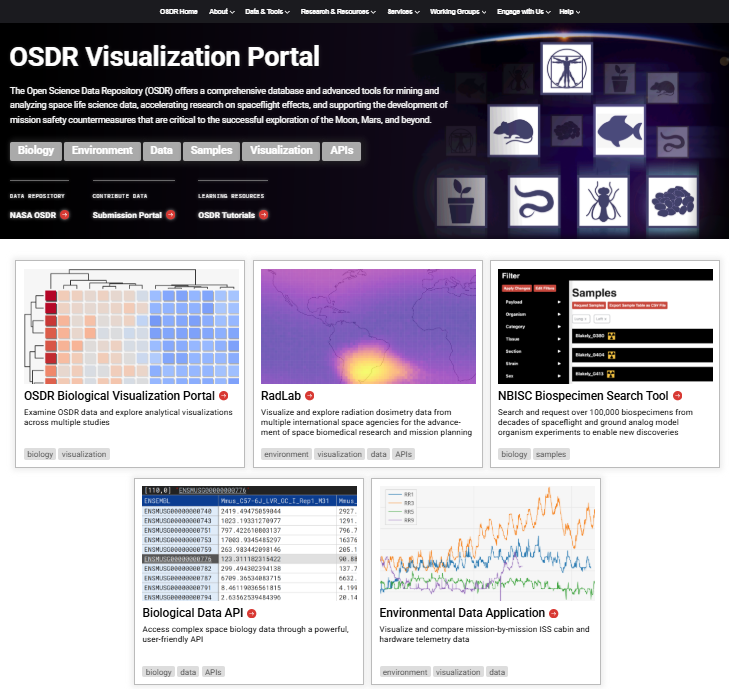Although Earth and Venus are similar in size and location, they are very different worlds today. While Earth has oceans of water and abundant life, Venus is dry and fiercely inhospitable. Although it’s somewhat closer to the Sun — about 70 percent of Earth’s distance — Venus is much hotter, with temperatures at the surface high enough to melt lead. The scorched landscape is obscured by clouds of sulfuric acid, and it is smothered by a thick atmosphere of mostly carbon dioxide at over 90 times the pressure of Earth’s, which causes the air to behave more like a fluid than a gas near its surface.
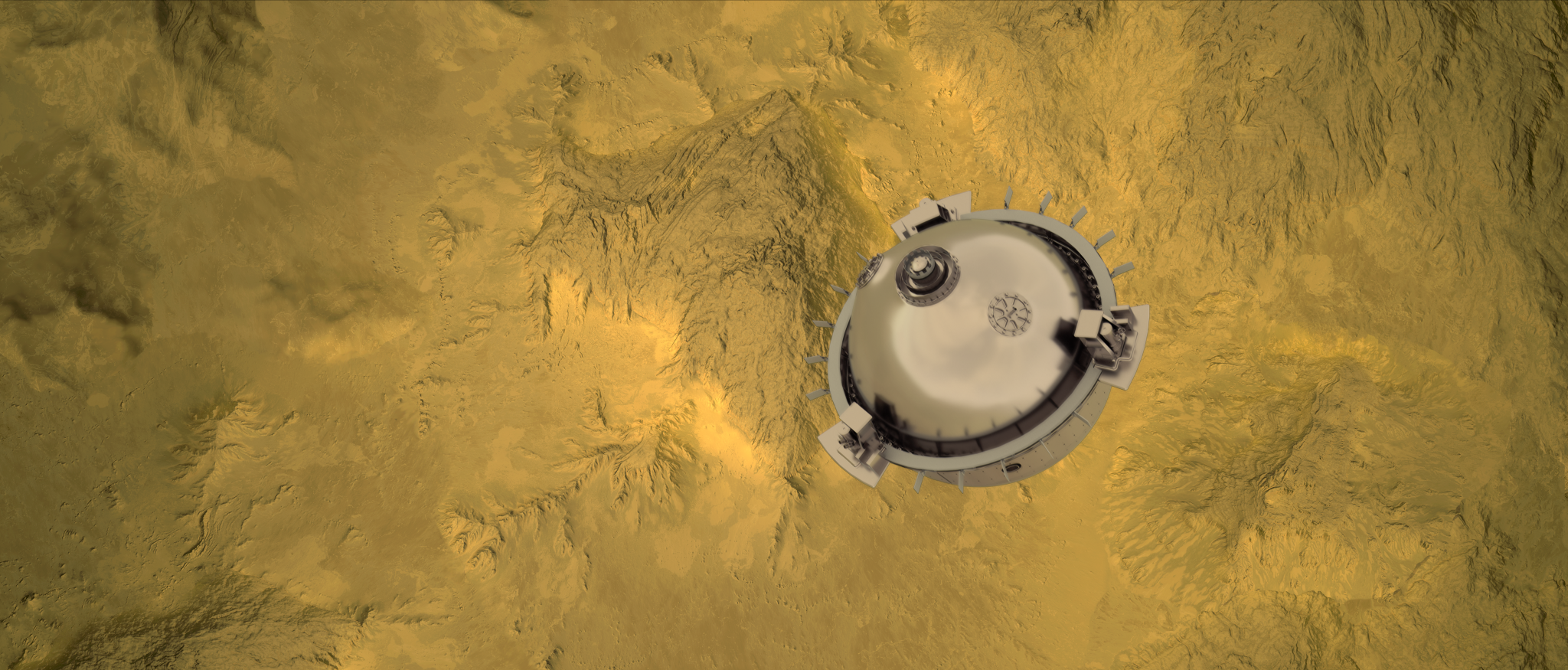
However, scientists think that in an earlier time, Venus may have been more like Earth, a world with water oceans that was potentially habitable for life, perhaps for billions of years. They hypothesize something caused a “runaway greenhouse” effect in Venus’ atmosphere, cranking up the temperature and vaporizing its oceans. NASA’s DAVINCI+ mission is set to explore Venus to determine if it was habitable and understand how these similar worlds ended up with such different fates.
“Venus is a ‘Rosetta stone’ for reading the record books of climate change, the evolution of habitability, and what happens when a planet loses a long period of surface oceans,” said James Garvin, principal investigator for DAVINCI+ at NASA’s Goddard Space Flight Center in Greenbelt, Maryland. “But Venus is ‘hard’ since every clue is hidden behind the curtain of a massive opaque atmosphere with inhospitable conditions for surface exploration, so we have to be clever and bring our best ‘tools of science’ to Venus in innovative ways with missions like DAVINCI+. That is why we named our mission ‘DAVINCI+’ after Leonardo da Vinci’s inspired and visionary Renaissance thinking that went beyond science to connect to engineering, technology, and even art.”
The science impact of DAVINCI+ will reach even beyond the solar system to Venus-like planets orbiting other stars (exoplanets), which are expected to be common and will represent important targets for NASA’s upcoming James Webb Space Telescope. But these planets may be difficult to interpret, especially if they are enveloped in thick Venus-like clouds.
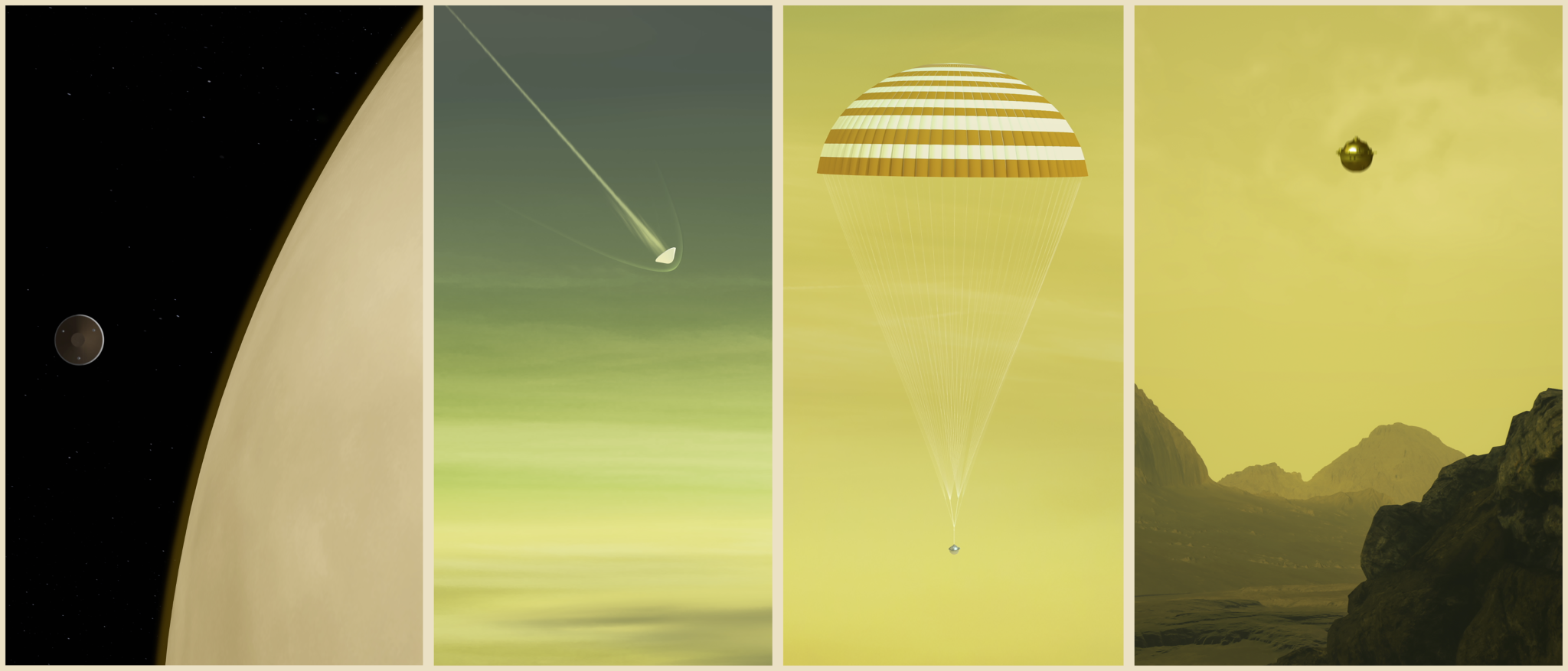
“Venus is the ‘exoplanet in our backyard’ that can help us understand these distant analog worlds by providing ground truth to improve the computer models we will use to interpret exo-Venus planets,” said Giada Arney, deputy principal investigator for DAVINCI+ at NASA Goddard. “But there is so much about Venus that we still don’t understand, and this is where DAVINCI+ comes in. Excitingly, if Venus was habitable in the past, some exo-Venus planets may be habitable too! So DAVINCI+’s investigation of the evolution of Venus may help us better understand how habitable worlds are distributed elsewhere in the universe, and how habitable planets evolve over time in a general sense.”
The mission, Deep Atmosphere Venus Investigation of Noble gases, Chemistry, and Imaging Plus, will consist of a spacecraft and a probe. The spacecraft will track motions of the clouds and map surface composition by measuring heat emission from Venus’ surface that escapes to space through the massive atmosphere. The probe will descend through the atmosphere, sampling its chemistry as well as the temperature, pressure, and winds. The probe will also take the first high-resolution images of Alpha Regio, an ancient highland twice the size of Texas with rugged mountains, looking for evidence that past crustal water influenced surface materials.
Launch is targeted for FY2030 with two flybys of Venus prior to the probe’s descent. The flybys are the initial phase of the remote-sensing mission to study the atmospheric circulation and map the surface composition. Approximately two years later, the probe will be released to conduct its investigation of the atmosphere during a descent that will last about an hour before landing at Alpha Regio.
“The next step in Venus exploration requires a capable instrument payload that can employ modern capabilities to produce definitive datasets that transform our understanding of our planetary neighborhood,” said Stephanie Getty, deputy principal investigator for DAVINCI+ at NASA Goddard. “DAVINCI+ takes proven instrumentation to the most innovative science problems of Venus today, and we are excited to bring along an energized science community on our journey as we deliver the chemical, geologic, and atmospheric dynamics datasets that will generate the next great discoveries – and next great questions – about Venus and Venus-like worlds.”
Credits: NASA’s Goddard Space Flight Center
The probe will contain four instruments. Two of them – the Venus Mass Spectrometer (VMS) and the Venus Tunable Laser Spectrometer (VTLS) – will undertake the first complete compositional study of the entire cross-section of Venus’ atmospheric gases, searching for clues as to how, when, and why Venus’ climate may have changed so dramatically. The third instrument, the Venus Atmospheric Structure Investigation (VASI), will measure the pressure, temperature, and winds from about 43.5 miles (70 kilometers) in altitude to the surface at 10 times higher resolution (or more) than any previous Venus probe. After the probe drops under the thick cloud layer, the Venus Descent Imager (VenDI) instrument will take hundreds of near-infrared images of the Alpha Regio highlands, which the team will use to make maps of topography and composition. These images will show landscapes unique to Venus at the high resolutions typical of landers (near the surface).
The spacecraft will have one instrument, a suite of four cameras called VISOR (Venus Imaging System from Orbit for Reconnaissance). One camera will be sensitive to ultraviolet light to track cloud motions in the atmosphere. Additionally, a suite of three cameras sensitive to near-infrared light will be able to identify surface composition at regional scales by analyzing near-infrared heat emission from the surface when the spacecraft is over the night side of Venus. Since rock composition can be influenced by water, these images will give clues to how ancient oceans may have shaped the crust of Venus. The camera suite will provide the first compositional maps of Ishtar Terra, the high latitude “continent” on Venus with a range in height of up to 6.8 miles (11 kilometers). Ishtar may be the last manifestation of a kind of plate tectonics on Venus that shut off when the oceans dissipated about one billion years ago.
(This paragraph was added to the story on July 13, 2021): Two additional instruments were selected for the mission payload. The carrier-relay spacecraft will deliver a technology demonstration remote sensing instrument, the Compact Ultraviolet to Visible Imaging Spectrometer (CUVIS). CUVIS will study the clouds and chemistry of the Venus upper atmosphere from above with attention to mysterious atmospheric compounds that have confounded scientists for decades some of which are responsible for absorbing half of all solar energy deposited into the Venus atmosphere. CUVIS will employ advanced optical systems and innovative artificial intelligence/deep learning hardware and software for on-board data processing for rapid identification of science results (Edge AI). Rounding out the instrument suite on the descent probe is a student collaboration experiment called the Venus Oxygen Fugacity (VfOx). VfOx will measure oxygen pressure to determine its role in the deepest Venus atmosphere and its relationship to surface chemistry, and will engage dozens of students throughout the mission lifecycle. These instrument payloads have never flown before and will advance science and technology for future missions.
NASA Goddard is the principal investigator institution and will perform project management for the mission, as well as project systems engineering to develop the probe flight system. Goddard will build the VMS instrument in collaboration with the University of Michigan, and the sensor systems of the VASI instrument and the CUVIS instrument. Goddard also leads the project science support team.
Major partners are Lockheed Martin, Denver, Colorado, who will build the aeroshell and backshell (the entry and descent system) to carry the probe into the atmosphere and provide the parachutes to position it into the proper descent trajectory, as well as the probe carrier spacecraft, the flyby telecom system for the probe, the flyby science platform for the VISOR camera suite, and the carrier/orbital spacecraft. The Johns Hopkins University Applied Physics Laboratory in Laurel, Maryland will provide the two-way Frontier radio that the mission will use for communication between the probe and spacecraft, as well as science leadership of the VASI element and will provide the VfOx student collaboration experiment. NASA’s Jet Propulsion Laboratory, Pasadena, California, will provide the VTLS instrument. Malin Space Science Systems, San Diego, California, will provide the cameras including the VenDI descent camera and the orbital/flyby VISOR suite. NASA’s Langley Research Center, Hampton, Virginia, will provide entry-descent-systems support and NASA’s Ames Research Center at Moffett Federal Airfield in California’s Silicon Valley will collaborate on the thermal protection system and entry-systems measurement systems. KinetX, Inc., Tempe, Arizona, will support flight dynamics and trajectory development with Goddard and Lockheed Martin.
Discovery-Program-class missions like DAVINCI+ complement NASA’s larger “flagship” planetary science explorations, with the goal of achieving outstanding results by launching more smaller missions using fewer resources and shorter development times. They are managed for NASA’s Planetary Science Division by the Planetary Missions Program Office at Marshall Space Flight Center in Huntsville, Alabama. The missions are designed and led by a principal investigator, who assembles a team of scientists and engineers to address key science questions about the solar system.
For more information on NASA missions, visit: https://www.nasa.gov
By William Steigerwald
NASA’s Goddard Space Flight Center
Media Contact











